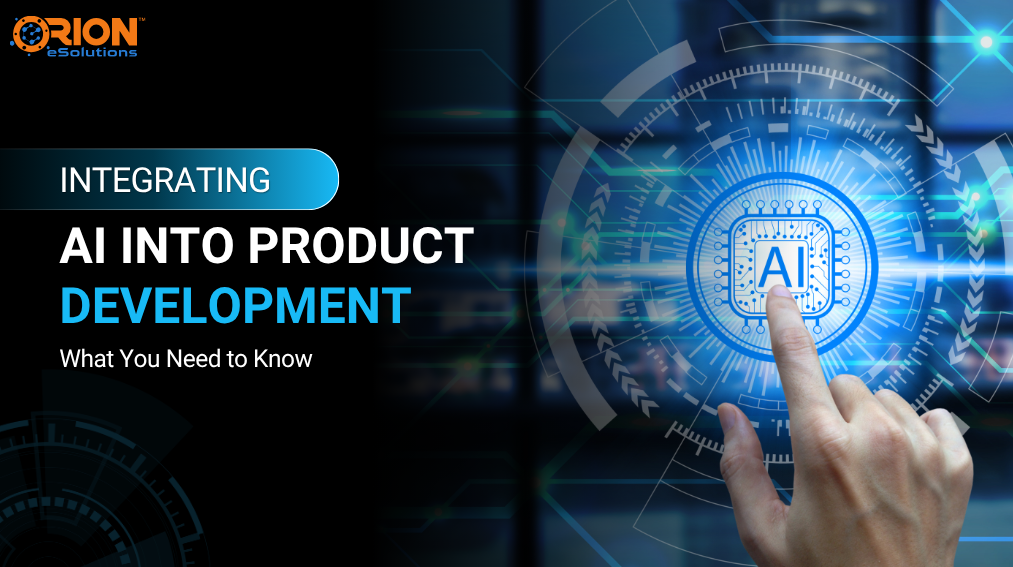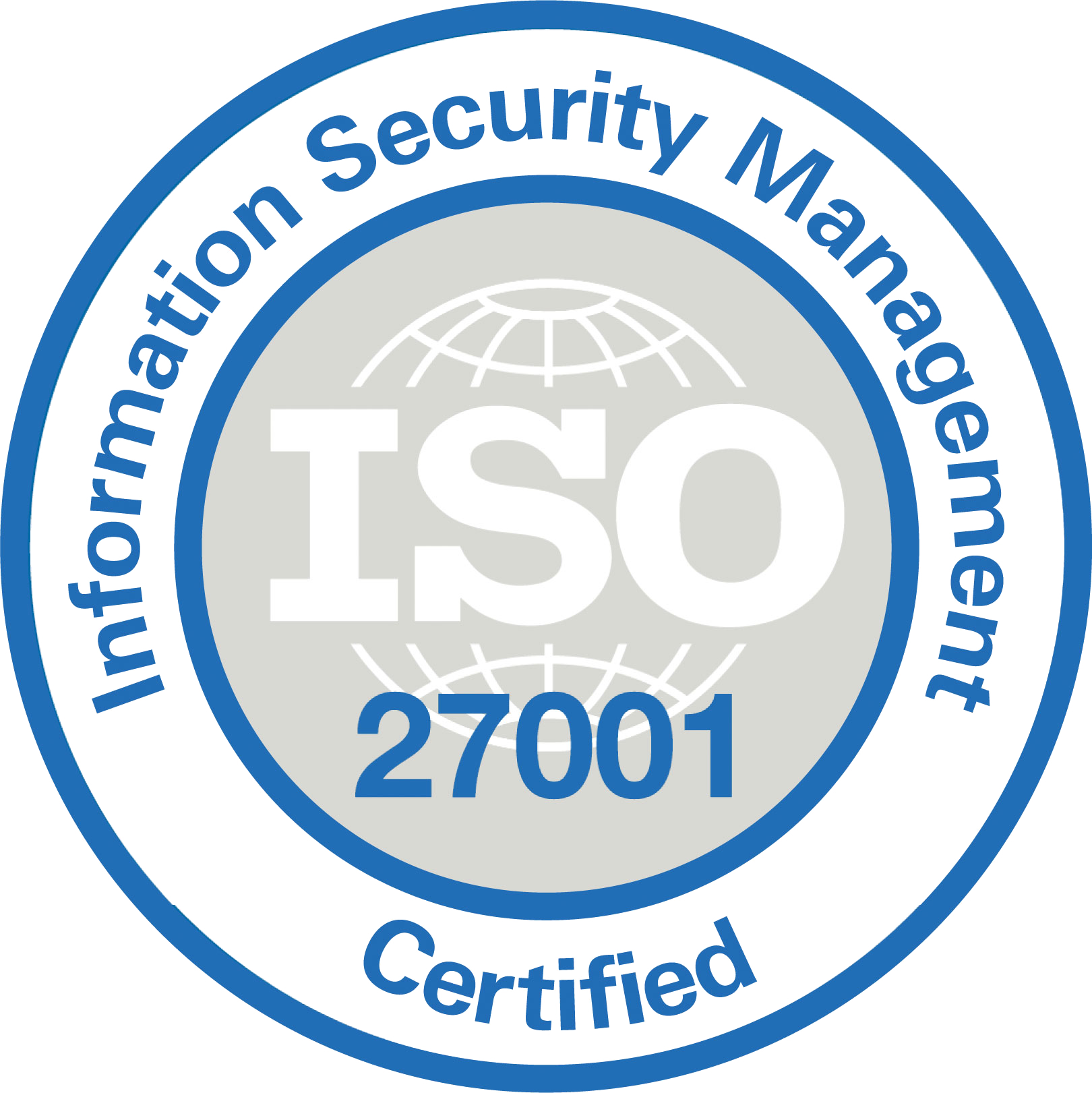The branches of AI are elegantly spreading with its rising potential. Which explains how seamless integration of AI in product development enables teams to innovate quicker, save costs, and create more intelligent products. From repetitive task automation to generative design, AI revolutionizes every step of the product life cycle. If you’re an AI development firm in the USA (or looking to outsource an AI Development Firm), understanding AI integration to your product development might be the most crucial topic of your daily scrum calls. Let’s take a simplified look at how to incorporate AI in your next product venture to make the most out of the resources without bleeding our banks and efforts.
Why AI Integration is Important in Product Development
It’s been longer than a decade or two that AI has circled several aspects of our life, it is no longer a fancy buzzword. At present, it is a necessary presence, effectively delivering measurable value across industries:
Speed & Efficiency
- Development time is accelerated and manual labour is decreased by automating repetitive processes like test case creation and bug detection. Code generation pipelines now typically use tools like GitHub Copilot.
- It also effectively simplifies design processes by making generative design tools available, which turn ideas into CAD-ready prototypes in a matter of days rather than weeks.
Cost Savings & ROI
- Thanks to AI workflows are now more efficient, which leads to a reduction in labor and prototyping costs. There are several AI development companies in the USA and beyond that have observed a three or four-times fold increase in ROI within the first year of AI deployment.
- The predictive manufacturing maintenance also helps eliminate downtime and significantly prevents costly failures.
Better Quality & Innovation
- Employing AI development services in USA and beyond have been known to enhance QA systems that quickly targets defects earlier while also increasing the quality of the product.
- Generative design facilitates innovation, allowing teams to test hundreds of design alternatives prior to prototyping. This helps in mapping out potential bugs and saves a lot of hassle.
Core AI Use Cases in Product Development
There are multiple stages in which you can deploy AI and reap imperial benefits in all the steps. Starting from ideation, engineering, to manufacturing, AI can help in the overall building of the product. Here’s how AI integrates across the product development timeline:
Ideation & Design
- Generative Design Tools: Platforms like Autodesk and nTopology use AI to produce optimized product geometry and structural designs.
- AI-Powered Brainstorming: LLMs (e.g., GPT, Claude) assist in requirement gathering and drafting product specs, and companies offering LLM development services can further customize these models to fit specific industry or product needs.
Engineering & Simulation
- Simulation Surrogates: ML models can replicate computational simulations (like CFD or FEA) in a fraction of the time, accelerating test cycles.
- Adaptive Testing: AI interprets the results of early tests in order to direct additional simulation attention.
Manufacturing & Quality Assurance
- Computer Vision: AI brings in its fold a deep-learning based system, which makes it easier to detect faults on production lines.
- Predictive Maintenance: Predictive algorithms anticipate equipment problems before failure.
Deployment & Monitoring
- Smart MLOps Pipelines ensure careful establishment of models as well as monitoring and version control.
- User Feedback Loops conjoins real-time data from product usage to drive continuous iterations.
Key Technologies & Tools for AI Product Integration
ML Frameworks & Platforms
- TensorFlow, PyTorch, and scikit-learn provide support for model building.
- MLOps AWS SageMaker, Google Vertex AI, Azure ML manage end-to-end pipelines from data preparation to deployment.
Generative AI & LLM Services
- OpenAI GPT, Anthropic Claude, Google Gemini are used for generating specs, code, and design conceptualizations.
- Experts (such as SemiKong for chip design) propel efficiency in specialized verticals.
Domain-Specific AI Tools
- Engineering workflows are integrated with generative design and optimisation by Autodesk, Ansys, and Siemens NX.
- Veriday demonstrates predictive maintenance in manufacturing as a component of smart factory systems.
How to Effectively Integrate AI for Maximum Product Impact
1. Define Clear Objectives
Before integrating AI make sure to identify the highest-impact use cases, for instance, ideation support, defect detection, or test automation. Carefully assess which stage of your product development holds the highest impact. Based on that, establish measurable goals such as reducing prototyping time by 30%, cutting defects by 50%.
2. Data & Infrastructure Readiness
Prior to successfully implementing AI into your venture, it is important to have the right data and the right system in place. You need to collect enough useful data (like design files, user feedback, manufacturing logs, etc.) which must be clean, organized, and accurate, not messy or incomplete. Make sure to ask yourself: Do we have the information our AI will need to learn and make smart decisions? Choose deployment models—cloud (AWS, Google Cloud) vs on-premises—for control and scalability.
3. Pilot and Iterate
It’s always better to be safe than sorry, which is where the trick of “pilot and iterate” swoops in. This simply means that before launching a full-fledged, begin with a soft launch of small testing of your AI tool on a small scale. You can start by testing it on automating a small portion of the testing process or using AI to identify design flaws. After successful tests, you may proceed to implement AI in your entire system.
4. Scale Up
After the initial success, it is time to scale up through deployment across departments. For the same, it is suggested to set up CI/CD and monitoring pipelines for continuous training and deployment.
5. Govern Responsibly
Last but not least, make sure to fix ethical considerations such as bias checks, explainability tools, data lineage. During this stage, it is important to bring human oversight to the table to assess AI-generated outputs. It is recommended to follow emerging standards, like, EU AI Act, U.S. safety guidance.
Choosing the Right AI Development Company
When searching for an Ai Development Company, consider these factors:
- Domain Expertise: Do they understand your industry—manufacturing, automotive, healthcare?
- Technical Strength: Proficiency across ML frameworks, MLOps, LLMs, and domain-specific tools.
- Pilot Experience: History of successful AI pilots that scaled.
- Governance & Ethics: Frameworks for bias mitigation and regulatory compliance.
- Partnerships: Relationships with cloud providers (AWS, Google, Azure) and access to the latest capabilities.
Top-tier AI development services in USA include providers like Prismetric and Instinctools, along with specialized teams such as those listed by DesignRush.
Industry Examples: AI in Action
- Software & SaaS
- GitHub Copilot and similar tools now generate 20–30% of enterprise code.
- LLMs assist in requirement writing and prototype ideation.
- Automotive & Manufacturing
- Computer vision cuts QA labor significantly.
- Predictive maintenance saves on downtime.
Challenges & How to Navigate Them
No innovation comes without certain roadblocks, however prior preparation can help reduce the opportunity cost of taking a decision and discarding another. Below mentioned are some of the common challenges and how best you can deal with them.
- Data Quality Issues: Set up data governance early to ensure accuracy and completeness.
- Machine Performance Bias: Include diverse datasets, run fairness audits.
- System Integration: Plan integration with existing CAD/PLM tools; leverage APIs and cloud connectors.
- Skill Gaps: Train existing teams or augment with external ML talent.
- Human Trust: Maintain review loops. AI should assist, not replace.
- Regulation & Ethics: Know required audits, maintain model traceability, and document decision logic.
Frequently Asked Questions (FAQs)
Q1. What is the role of an AI development company in USA in product development?
An AI development company in USA bring deep technical expertise (ML, LLMs, MLOps), industry knowledge, and a streamlined approach to effectively implement AI into your product development lifecycle.
Q2. How do I pick the right AI development services in USA?
The key to picking the right AI development services in USA is assessing experience, strong MLOps capabilities, established ethical/guidance frameworks, and partnerships with major cloud platforms.
Q3. What’s the first step to integrating AI into my product?
Before jumping all in, it is always recommended to start small with a pilot testing on specific components, like task automation or test generation. After success of pilot testing, you can proceed with implementing it throughout.
Q4. Can AI help build hardware products?
Yes, from generative design to simulation and manufacturing QA, AI can accelerate hardware innovation at every stage, making your job easier and effective.
Q5. How do I ensure AI won’t introduce bias or safety risks?
In order to do away with the risk of bias introduction or safety, adopt data governance, bias detection processes, human-made reviews, and governance frameworks aligned with emerging regulations.









